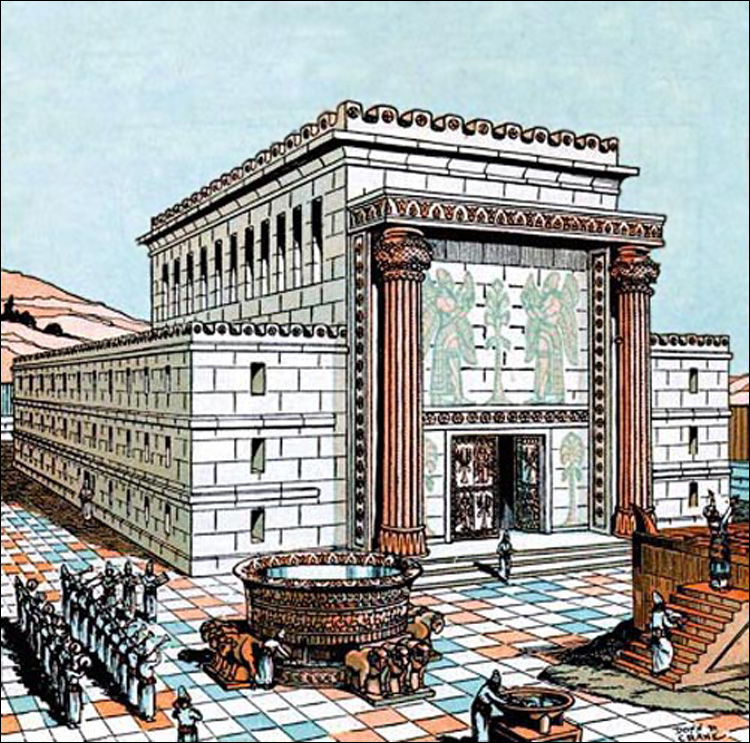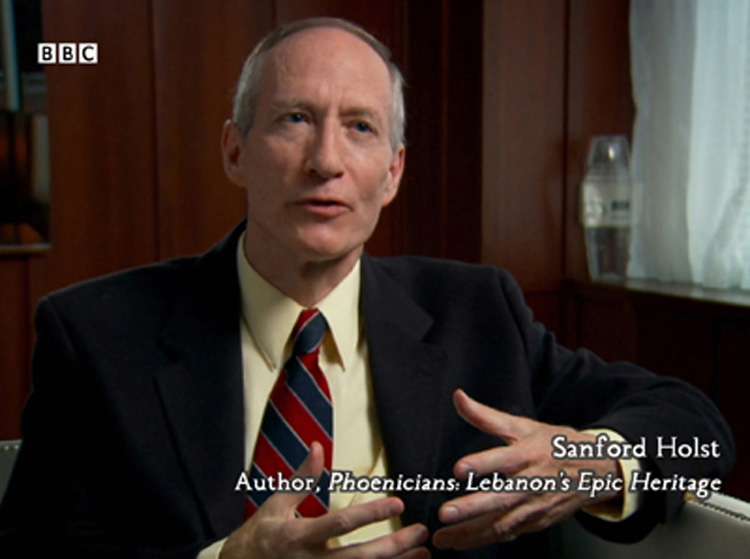
The building of Solomon’s temple brought out a rare example of religious tolerance in the troubled Middle East. Phoenician builders from Tyre aided the Jewish people of Israel in this task, demonstrating a surprising amount of religious tolerance. Most people do not realize that was one of the lessons the Phoenicians had learned while conducting their business all across the Mediterranean. It was part of what protected them from the aggression of others in that part of the world. So this was apparently more of a survival mechanism than a nice-to-have social grace. And the people of Israel benefited from it.
The Old Testament of the Bible and the Jewish Tanakh describe in detail the cooperation between King Solomon and Hiram, the King of Tyre. As one of the three original Phoenician cities, Tyre was just now beginning to take a leadership role among the Phoenicians. In the years to come, the people of that city would create the large metropolis of Carthage. But for now, their attention was on their Hebrew neighbors to the south. Rather than fight and lose, as so many others had done against Solomon’s father King David, the Phoenician king sold cedar, fir, and the labor of craftsmen to Solomon for the building of his Temple.
And Hiram king of Tyre . . . sent to Solomon, saying,
“. . . I will do all thy desire concerning timber of cedar, and concerning timber of fir. My servants shall bring them down from Lebanon unto the sea; and I will convey them by sea in floats unto the place that thou shalt appoint me, and will cause them to be discharged there, and thou shalt receive them; and thou shalt accomplish my desire, in giving food for my household.”
1 Kings 5:1-8
A master craftsman from the Phoenician city of Tyre, also named Hiram, performed great work on the Temple, and was singled out for mention.
And king Solomon sent and fectched Hiram out of Tyre. He was a widow’s son of the tribe of Naphtali, and his father was a man of Tyre, a worker in brass; and he was filled with wisdom, and understanding, and cunning to work all works in brass. And he came to king Solomon, and wrought all his work.
1 Kings 7:13-17
The Phoenicians and Hebrew people then went on to perform joint ventures in trade, and earned great amounts of gold together.
At one time the ancestors of today’s Lebanese and Israeli people lived side-by-side in peaceful cooperation that was beneficial to both of them. Hopefully that day will come again soon.
The content of this website is drawn from the research of historian Sanford Holst

Updated September 30, 2023
CLOUD: Building Solomon’s Temple, book banning, King Hiram, King Solomon

Further information
If you would like to experience more of the Phoenician world than you find in these short articles, see the book Phoenicians: Lebanon’s Epic Heritage. This extensive exploration is brightened with 104 illustrations.
Going beyond the few traditionally-cited facts, this authoritative work draws from discussions with leading archaeologists and historians to discover new clues and lines of inquiry into this secretive society.
Phoenicians
You can take a look inside this book. See the first pages here.
